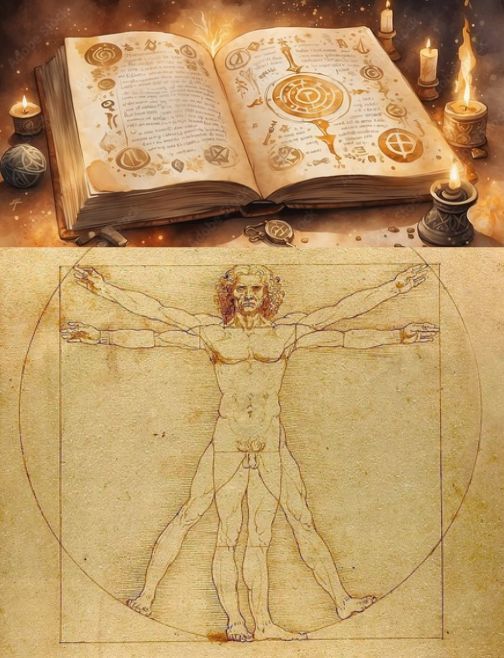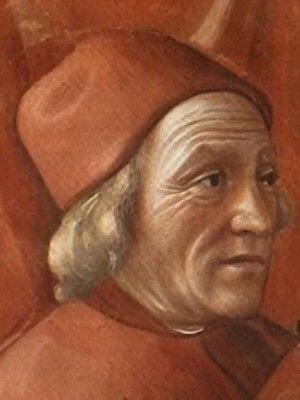From the depths of silence, Japan emerged, a sacred island brought forth by the hands of the Gods-
A brief summary of The Creation Myth of Japan in Art
a 🧵
1. The Kojiki 712 AD and The Nihon Shoki 720 AD, the first books written in Japan, tell the Japanese Creation Myth.
A brief summary of The Creation Myth of Japan in Art
a 🧵
1. The Kojiki 712 AD and The Nihon Shoki 720 AD, the first books written in Japan, tell the Japanese Creation Myth.

2. The Japanese Creation Myth Tenchi-kaibyaku (天地開闢), describes the birth of Heaven, Earth, the creation of the First Gods and the creation of Japan itself. 

4. Then movement sprang forth and light and dust formed in the universe creating Heaven and Earth, respectively. 

5. Once formed, Heaven was called Takamagahara (高天原), and a God appeared. Soon this God grew lonely and it began to create other Gods. 

7. One day, they were walking in the high heavens, and Izanagi thrust a jeweled spear into the watery chaos and the droplets off the end of the spear became the islands of Japan. 

8. Izanagi and Izanami then went in different directions and explored, creating plants. When they met again, they decided to have children to inhabit the land. 

9. Their first child was Amaterasu, however, because of her radiant beauty, they put her up in the sky and she became the Sun. 

11. Their third child, a boy named Susanoo, was quite unruly, and was cast to the sea where he became the God of Storms. 

12. Amaterasu, had a son who became the Emperor of Japan, Emperor Jimmu, and it is said that all emperors since are descended from her. 

If you enjoyed this please share the first post linked below and follow. 🙏
https://x.com/ClassicalAegis/status/1782001777858253055
• • •
Missing some Tweet in this thread? You can try to
force a refresh






















